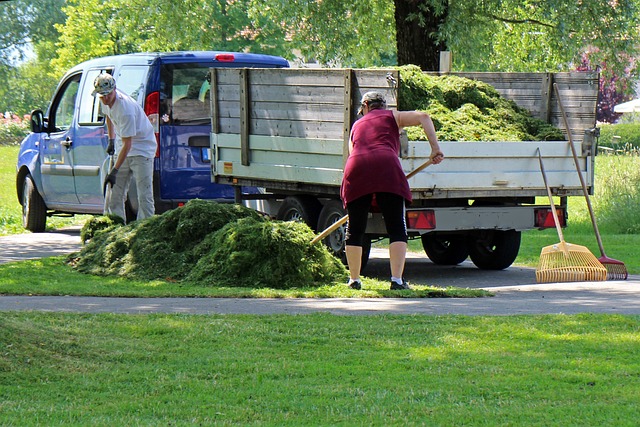Dallas, Texas, is a dynamic and culturally rich city renowned for its vibrant arts scene, historical landmarks, and diverse culinary experiences. It’s a bustling metropolis that blends contemporary urban living with traditional Southern charm, making it an attractive hub for business, culture, and entertainment. In urban settings, where space is often at a premium, the expertise of a landscape architect Dallas can transform even the smallest outdoor areas into vibrant and functional living spaces. Landscaping in limited spaces requires creativity and strategic planning to maximize aesthetics and utility. This article provides valuable insights into landscaping small spaces, offering practical tips and innovative ideas to make the most of compact outdoor areas.
Understanding Scale and Proportion in Small Landscapes
When landscaping small spaces, it’s crucial to understand scale and proportion. Choosing plants and features that are appropriately sized for the area prevents overcrowding and maintains visual balance. Instead of large trees or sprawling shrubs, consider dwarf or compact varieties. Utilize vertical space with climbing plants or tall, slender foliage to draw the eye upward and create the illusion of a larger area.
Incorporating Multi-Functional Features
Multi-functional features are critical in small-space landscaping. Elements such as built-in seating that doubles as storage or vertical gardens that serve aesthetic and practical purposes can enhance the area’s functionality. A landscape architect in Dallas might suggest a minor water feature that adds visual interest while masking city noises, making the space more tranquil and secluded.
The Art of Layering in Landscape Design
Layering is an effective technique in small landscape design. It involves arranging plants and elements in tiers – ground covers, understory, and canopy layers – to create depth and richness. This approach maximizes the use of space and adds complexity and intrigue to the garden. Layering also allows for incorporating various colours, textures, and heights, making the garden visually appealing.
Color Theory in Small Gardens
Colour is significant in the perception of space. Light, bright colours can make a small area feel more extensive and more open, while darker hues tend to shrink spaces visually. Implementing a colour scheme with contrasting colours can add depth, while monochromatic schemes in lighter tones can make the space look bigger.
Effective Use of Hardscaping
Hardscaping elements like patios, walkways, and stone features can significantly enhance small gardens. The key is to ensure that these elements are proportional to the size of the space and complement the soft landscaping. Materials matching or complementing the home’s exterior can create a cohesive, integrated look. Thoughtful placement of hardscaping can also help define different areas within the garden.
Creating a Focal Point
Every garden, regardless of size, benefits from a focal point. In small spaces, a focal point like a sculpture, a unique plant, or a decorative garden feature can draw attention and create a sense of purpose. This focal point should be in scale with the space and strategically placed to draw the eye and give the garden a central feature around which other elements are arranged.
Lighting and Reflections
Good lighting can transform a small outdoor space, making it usable and inviting even after sunset. Adding various types of lighting, such as ambient, task, and accent lighting, can create different moods and enhance the garden’s features. Mirrors and reflective surfaces can also give an illusion of more space, making the garden more extensive and open.
Conclusion
In conclusion, with the expertise of a landscape architect in Dallas, even the most minor outdoor areas can become beautiful, functional spaces. Homeowners can maximize their limited outdoor space by understanding scale, incorporating multifunctional features, layering, and using colour theory. Thoughtful use of hardscaping, creating a focal point, and appropriate lighting are also crucial in enhancing these compact gardens. These strategies allow small outdoor spaces to be as impactful and enjoyable as their larger counterparts.










